I think us here to wonder, myself. To wonder. To ask. And that in wondering ‘bout the big things and asking ‘bout the big things, you learn about the little ones, almost by accident. But you never know nothing more about the big things than you start out with. The more I wonder, the more I love. (Pg. 283)
Alice Walker
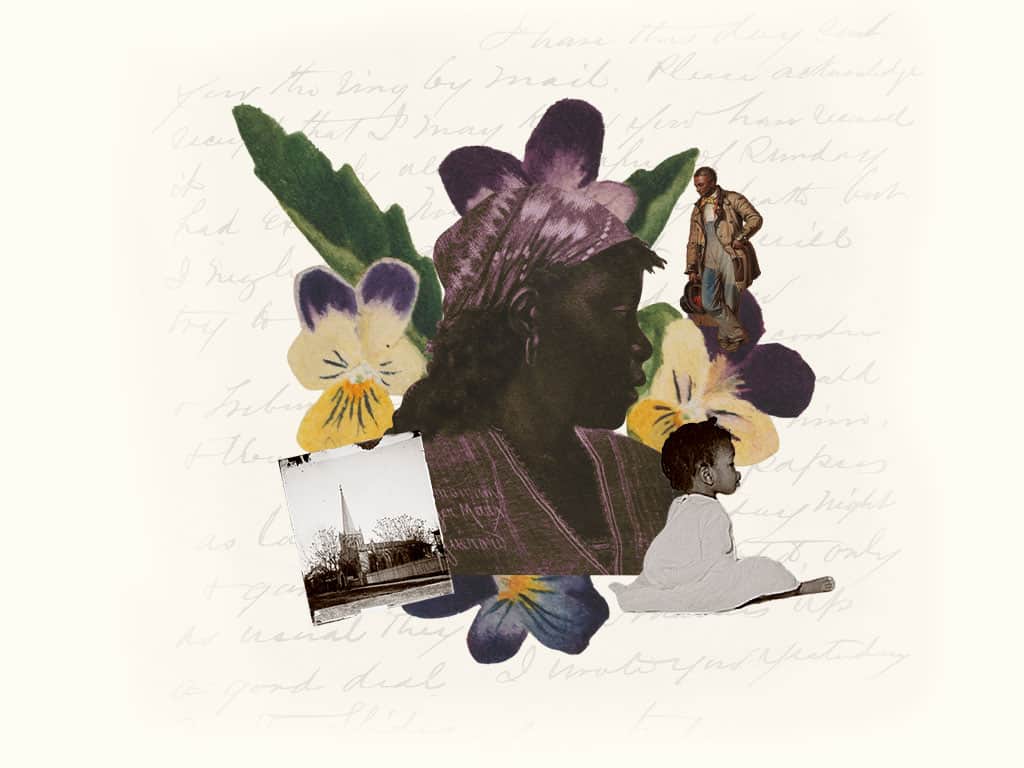
The Color Purple
Alice Walker
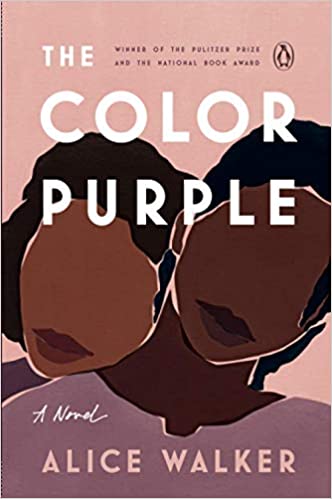
Alice Walker, The Color Purple (New York: Penguin Books, 2019). ISBN-13: 978-0143135692
"The Color Purple" chronicles the traumas and eventual victory of Celie, a teenage African American girl living in in rural Georgia during the early-1900s.
Growing up, Celie was abused, raped, and impregnated by her father, Alphonso. Celie gives birth to two children – Adam and Olivia – who Alphonso abducts, leaving Celie to believe they have been killed. Eventually, Celie enters an abusive marriage with Albert, who is enamored with Celie’s younger sister Nettie. The abuse not only leads Celie to write letters to God, but the abuse also leads her to build relationships with other African American women who are encountering oppression. One such relationship is with the glamorous singe Shug Avery. Ultimately, Celie leaves Albert for Shug and the two women move to Memphis. There, Celie starts a successful business, though she must endure Shug’s numerous affairs. When Alphonso dies, he leaves the house to Celie who returns home where she ultimately meets her children Adam and Olivia who were adopted by a minister and his wife.
Why This Text is Transformative?
It is also a work that examines how people can break free of cultural shame as well as the pity that others feel to gain agency and empowerment.
Alice Walker’s The Color Purple is not simply a novel that focuses on feminism. It is also a work that examines how people can break free of cultural shame as well as the pity that others feel to gain agency and empowerment. The Color Purple offers a moving narrative that focuses on growing up and self-realization. At the same time, the novel covers issues of gender equality through a story that illustrates women rejecting values and mores that society deems moral and respectable. For example, The Color Purple offers a new look at religion. Christianity played a major role in developing Black communities during the antebellum and postbellum periods. Yet, in The Color Purple, Walker presents traditional Christianity as patriarchal, facilitating female obedience. This is something that is ultimately rejected in favor of a more spiritual religion where God is not personified.
A Focused Selection
Study Questions
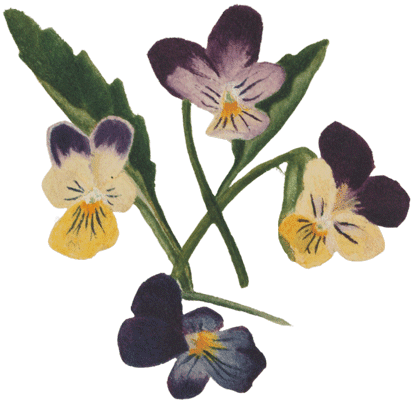
One 75-minue class session can be used to discuss The Color Purple.
1) The Color Purple focuses in part on oppression. What tools are implemented during the novel that are designed to oppress Celie and other women? Do you see any parallels that exist in today’s society?
2) What impact does oppression have on the women in The Color Purple? How do these tools of oppression influence how women see themselves and the relationships they have with other women? How can women break free?
3) What is the point of not knowing the last name of “Mr. ——“? How does not knowing his last name advance the overall point Alice Walker is trying to make in this novel? Do you think she succeeds? Why or why not?
4)What eventually leads Celie to stand up and reject the oppression she had endured during her life?
5) How do attitudes and views of religion change for some of the characters as the novel progresses? Why is this change important? What message is Walker trying to send her audience to convey this change?
Building Bridges
A Recommended Pairing
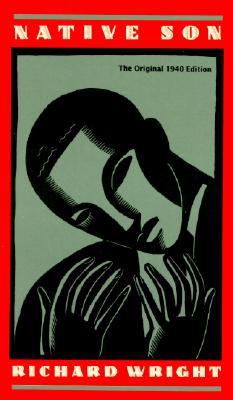
Alice Walker’s The Color Purple can be paired with Richard Wright’s Native Son, as both works highlight the importance of personal identity. This identity includes personal beliefs and viewpoints. As both works illustrate, if a person does not know what they believe, then they will willingly accept the attitudes, viewpoints, and opinions of other people.
Bigger Thomas in Native Son did not receive the love or support he needed to grow up with the confidence needed to take on the oppressive system that awaited. Instead, as he grew up, Bigger is regularly inundated with images from popular culture that perpetuate racial stereotypes. Whites are regularly viewed as sophisticated, while African Americans and people of color are viewed as ignorant and savage. As such, Bigger’s life follows the stereotypes associated with poor African American men. He is, in essence, a product of the racist imaging that exists in American society. When Bigger gruesomely murdered Mary Dalton, he became a representation of what White America expected: a brutal murderer. Bigger eventually begins to redeem himself through his relationship with his lawyer Boris Max. He treats Bigger as a human being. Furthermore, Max allows Bigger to see that a relationship between Whites and Blacks are still possible. However, Bigger’s redemption is cut short by his execution.
Similarly, in The Color Purple, Celie does not receive love or support in her home life. Her father Alphonso abuses, rapes, and impregnates her and then abducts her children. As Celie grows older, she marries Albert who is also abusive. However, Celie enters a mostly positive relationship with Shug Avery. Shug is an empowered woman with a maternal instinct, and, while she has affairs, she helps Celie find her history, sexuality, and spirituality. In doing so, Celie is able to overcome her past to see her self-worth, allowing her to lead an independent, happy life.
Supplemental Resources
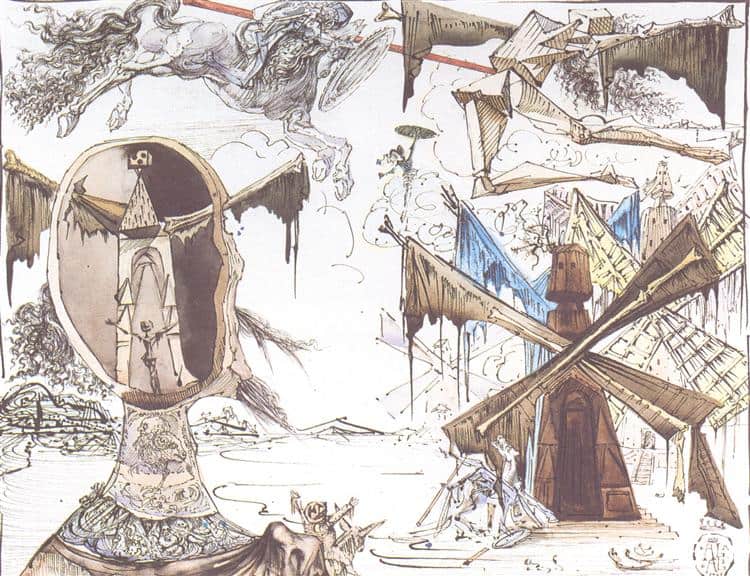
Don Quixote and the Windmills, 1945 - Salvador Dali - WikiArt.org
Don Quixote has been an inspiration for many visual artists. Spanish surrealist Salvador Dali returned to the novel multiple times throughout his long career, creating sketches, paintings, and sculptures of Don Quixote and Sancho, depicting important episodes in the book. A pairing of an episode with one of Dali’s works can lead to a stimulating discussion.
What details do students notice? What do his artistic choices suggest about his interpretation of the characters? To the extent that students are familiar with the story of Don Quixote, it is likely to be as it is filtered through the musical The Man of La Mancha. The musical has its own merits, and is framed by the interesting device of placing Cervantes on stage as a narrator, but of course it is impossible for it to capture much of the complexity of the book – and it alters the ending dramatically. Students may find it interesting to compare the two endings.
Text Mapping
Discipline Mapping
English/Composition Studies
History
Sociology
Area Studies
Page Contributor



